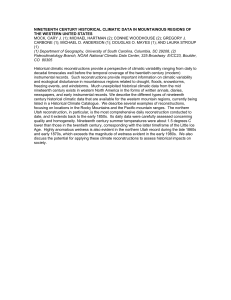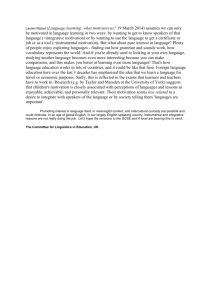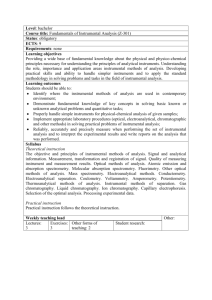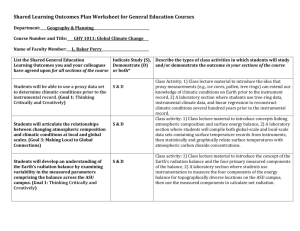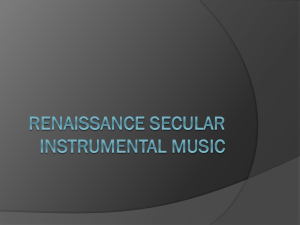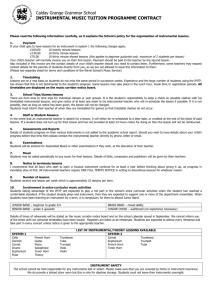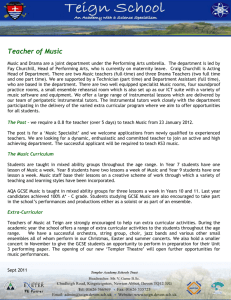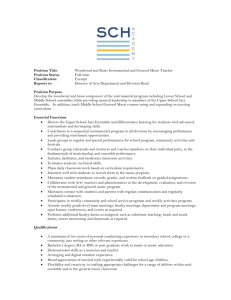Climate data for the last 1000 years – instrumental data
advertisement
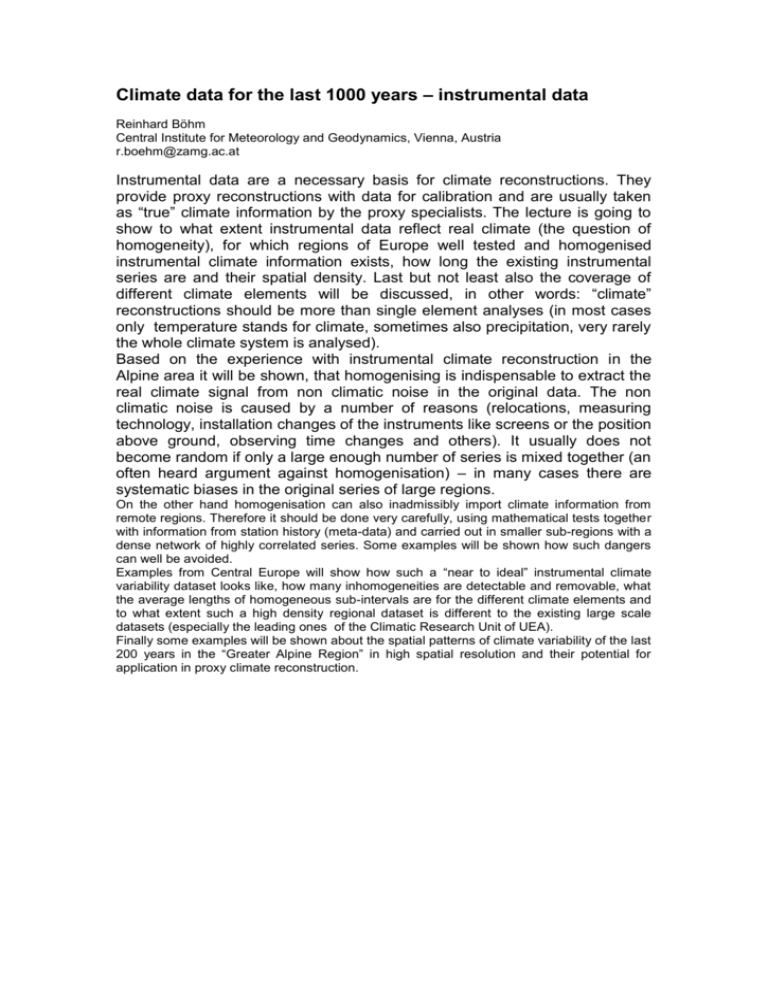
Climate data for the last 1000 years – instrumental data Reinhard Böhm Central Institute for Meteorology and Geodynamics, Vienna, Austria r.boehm@zamg.ac.at Instrumental data are a necessary basis for climate reconstructions. They provide proxy reconstructions with data for calibration and are usually taken as “true” climate information by the proxy specialists. The lecture is going to show to what extent instrumental data reflect real climate (the question of homogeneity), for which regions of Europe well tested and homogenised instrumental climate information exists, how long the existing instrumental series are and their spatial density. Last but not least also the coverage of different climate elements will be discussed, in other words: “climate” reconstructions should be more than single element analyses (in most cases only temperature stands for climate, sometimes also precipitation, very rarely the whole climate system is analysed). Based on the experience with instrumental climate reconstruction in the Alpine area it will be shown, that homogenising is indispensable to extract the real climate signal from non climatic noise in the original data. The non climatic noise is caused by a number of reasons (relocations, measuring technology, installation changes of the instruments like screens or the position above ground, observing time changes and others). It usually does not become random if only a large enough number of series is mixed together (an often heard argument against homogenisation) – in many cases there are systematic biases in the original series of large regions. On the other hand homogenisation can also inadmissibly import climate information from remote regions. Therefore it should be done very carefully, using mathematical tests together with information from station history (meta-data) and carried out in smaller sub-regions with a dense network of highly correlated series. Some examples will be shown how such dangers can well be avoided. Examples from Central Europe will show how such a “near to ideal” instrumental climate variability dataset looks like, how many inhomogeneities are detectable and removable, what the average lengths of homogeneous sub-intervals are for the different climate elements and to what extent such a high density regional dataset is different to the existing large scale datasets (especially the leading ones of the Climatic Research Unit of UEA). Finally some examples will be shown about the spatial patterns of climate variability of the last 200 years in the “Greater Alpine Region” in high spatial resolution and their potential for application in proxy climate reconstruction.

